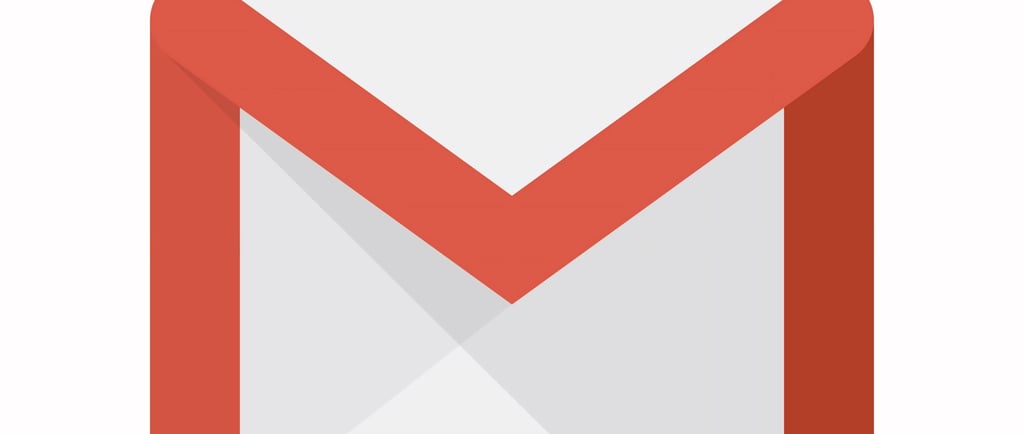How Gmail Became the Choice of Billions
Google’s Paul Buchheit transformed email with Gmail’s launch in 2004. Offering 1GB of free storage and lightning-fast search, Gmail redefined communication and became a cornerstone of digital life.
NEWSBILLIONAIRE
Thrive Vision
5/5/20251 min read


The Email Dark Ages: Clunky Interfaces and Storage Wars
In the early 2000s, email was a nightmare. Services like Yahoo and Hotmail offered 2-4MB of storage, forcing users to delete emails constantly. Attachments often failed, and spam accounted for 70% of all messages.
Paul Buchheit, a 23-year-old Google engineer, saw an opportunity. “Email shouldn’t feel like work,” he argued. In 2001, he began coding a web-based email client with three goals: speed, searchability, and simplicity.
Gmail’s Secret Development: “Caribou” Project
Codenamed “Caribou” (a reference to Dilbert comics), Gmail was developed in stealth mode. Buchheit’s prototype, built in one day, featured:
Threaded Conversations: Grouping emails by topic.
JavaScript Integration: Enabling real-time updates without page refreshes.
1GB Storage: 500x more than competitors.
Larry Page and Sergey Brin were skeptical. “No one needs that much storage,” they said. But Buchheit insisted, “If we make it free, people will find ways to use it.”
April Fool’s Launch and Viral Growth
Gmail launched on April 1, 2004—a date many assumed was a prank. Invites sold for $150 on eBay, creating artificial scarcity. Early adopters raved about features like:
Search Bar: Finding emails in seconds.
Labels: Replacing clunky folders.
Spam Filter: Powered by Google’s algorithms.
By 2009, Gmail had 146 million users. Integration with Google Docs and Calendar solidified its dominance.
Challenges and Evolution
Gmail faced backlash over ads based on email content, prompting a shift to contextual ads. The 2018 redesign introduced Smart Reply and Confidential Mode. Today, Gmail boasts 1.8 billion users and is integral to Google Workspace.
Key Takeaway: Disruptive innovation starts by reimagining everyday tools. Buchheit’s “20% time” project (Google’s policy allowing side projects) changed how the world communicates.
Inspiration
Explore success stories and motivational journeys today.
Growth
Vision
© 2025. All rights reserved.
